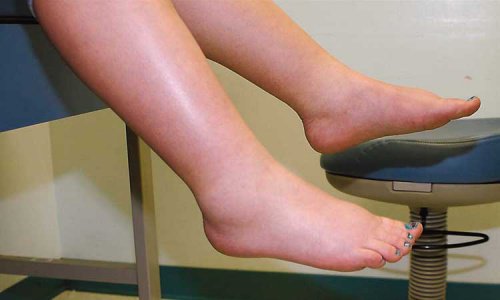
circle each foot eight times one way and eight times the other way (NHS 2018a).bend and stretch your foot up and down 30 times.Whether you’re sitting or standing, you can also do these simple foot exercises to reduce swelling in your ankles: Sit down when you can, and if your work involves standing for long periods of time, move about from one foot to the other to increase blood flow. Try not to cross your legs, as this restricts your blood flow. What tips can I try to ease swelling?Rest as much as possible, keeping your feet well supported and above your hips. vegetable oils (especially corn, soy and wheatgerm oil).Opt for foods that are naturally rich in vitamins C and E. You’ll need around 1.5 litres (2.6 pints) every day. Salt causes your body to hold on to more fluid.ĭrink plenty of water to stay hydrated, as this will help your body to hoard less fluid. Cut out pre-packaged, highly processed foods, as they’re usually high in all three. Try to reduce how much salt, sugar and fat you have.

Try to have a mixture of colours in your selection of fruit and veg, as this helps you get all the vitamins and minerals you need during pregnancy.

Your diet should include a small amount of protein such as lean meat, poultry, fish, eggs, or beans and pulses, with each meal.Įat at least five portions of fresh fruit and vegetables every day. Try to eat a balanced diet so that you put on a healthy amount of weight during pregnancy.
FLUID RETENTION IN PREGNANCY SKIN
Severe swelling can make your legs painful and your skin tender. But you may be able to limit how severe it is. More pregnancy videos How can I prevent swelling?Unfortunately, you probably won’t be able to stop parts of your body from swelling, especially in hot weather. Four women share some of their biggest bodily changes. For most women it can feel like a tingling or numbing sensation in the hands and arms, but for some, it can be painful (NHS 2018d).ĭuring pregnancy, your body goes through many changes. CTS happens when the swelling compresses the nerve running from your fingers and up your arm (NHS 2018d). If your wrists and hands are swollen, you may develop carpal tunnel syndrome (CTS). These can be symptoms of a blood clot in your vein (thrombosis) (NHS 2018c). Occurs only in one leg, particularly if your calf is red, tender and lumpy.If this happens in your third trimester, it could mean that you have pre-eclampsia (NHS 2018a).



 0 kommentar(er)
0 kommentar(er)
